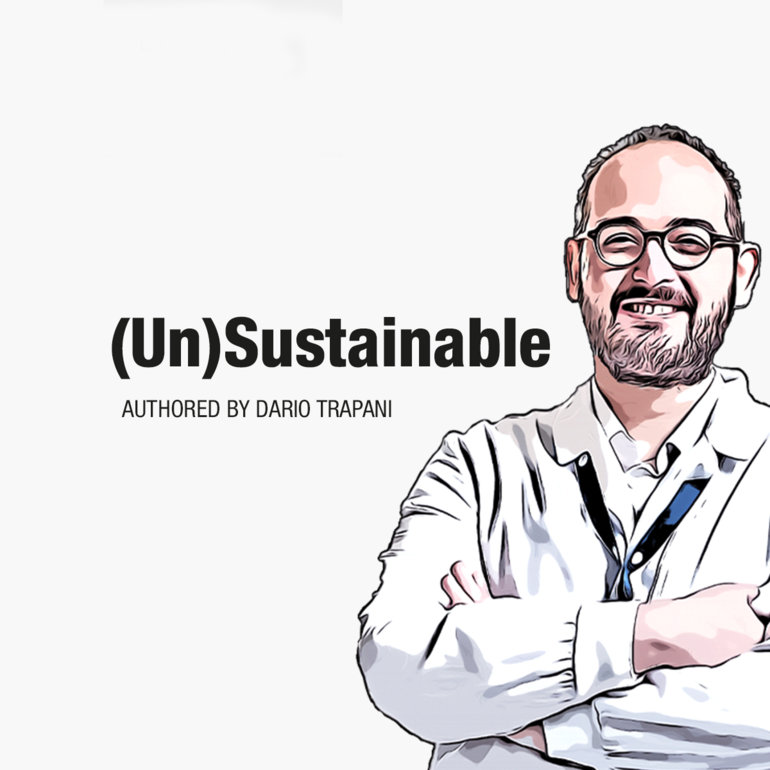Recent research shows that tailored strategies and political commitment can revert current epidemiology trends of cancer
With a recent release, the International Agency for Research on Cancer (IARC), the specialised cancer agency of the World Health Organization (WHO), has portrayed the current landscape of cancer epidemiology worldwide (CA Cancer J Clin. 2024 May-Jun;74(3):229-263). Data reported a grim picture, with nearly 20 million new cancer cases, including nonmelanoma skin cancers, accompanied by 9.7 million deaths. The staggering figure aligns with a disease that is spreading like wildfire and is now the second leading cause of death worldwide. Future projections are equally concerning: demographic trends indicate that the number of new cancer cases will skyrocket to 35 million by 2050, highlighting an urgent need for enhanced global health strategies and interventions.
Earlier this year, Dr Shilpa Murthy, who currently works as surgical oncologist at Yale School of Medicine, U.S., authored a pivotal study on the premature mortality trends by cancer type in different countries (Lancet Oncol. 2024 Jul 1:S1470-2045(24)00274-2). This extensive research wanted to answer a pressing question: what is the current status of cancer control, and in what magnitude have global efforts in the field effectively altered cancer epidemiology?
The study, encompassing cancer data from 183 countries between 2000 and 2019, evaluated premature mortality trends to understand trajectories, and identified the need for targeted interventions. It revealed a significant correlation between cancer trends and a country's income level: in high-income countries cancer mortality trends generally show a decline, while in low- and middle-income countries limited progress or increase is more commonly observed. The positive trend observed in some high-income regions in Europe, the Americas, and the Western Pacific, has been likely driven by policy advancements. However, even in those countries, the overall progress appears to be uneven and insufficient to meet the United Nations’ (UN) Sustainable Development Goals (SDGs) set for cancer control which aim to reduce cancer mortality by one-third by 2030 (Lancet. 2013 Feb 9;381(9865):427-9).
There is a need to understand the driving forces behind the progress reported, i.e., the high-value interventions adopted by countries, that may address tailored and evidence-informed cancer control strategies. The study examined epidemiological trends for specific cancer types to highlight areas requiring further attention or showcasing success stories that can guide future actions. Cancers with identifiable risk factors that can be mitigated through public health interventions have shown remarkable improvements. For instance, stomach and liver cancers have seen significant declines in mortality rates. Changes in dietary habits and food preservation, or in microbial risk factors (BMJ. 2019 Sep 11:366:l5016), have been crucial in reducing gastric cancer deaths (PLoS One. 2018; 13(8): e0203120). For liver cancer, widespread vaccination for hepatitis B together with reduced hepatitis C transmission in high- and upper-middle-income countries have been pivotal, while prevention in lower-middle and low-income countries is lagging behind (Cancer Lett. 2022 Jun 28:536:215652). Notably, the African region accounts for 63% of new hepatitis B infections globally, with low diagnosis and treatment rates, and only 18% coverage for the hepatitis B birth-dose vaccination – and for this, it is now under the priority action of the WHO Hepatitis elimination programme. Liver cancer serves as a model for cancer control within broader health planning infrastructures. It also inspires efforts against similarly virus-related cancers, such as cervical cancer caused by human papillomavirus (HPV). The availability of a highly effective HPV vaccine, coupled with integrated cancer control efforts including screening and treatment, aligns with the WHO's strategy to eliminate cervical cancer through a comprehensive approach (Lancet Infect Dis. 2024 Jan;24(1):1).
However, for other cancers with identifiable and avoidable risk factors, progress is still limited. Lung cancer remains closely linked to tobacco smoking, with trends in lung premature mortality being dismal in those areas where tobacco control is suboptimal (Lancet Reg Health Eur. 2021 May:4:100074). The addictive nature of tobacco smoking poses significant challenges, especially in low- and middle-income countries where national regulations have been lenient about tobacco control.
Cancer control strategies for malignancies like breast and colorectal cancer require substantial investments in early diagnosis, screening and multimodal treatments. Unlike virus-related cancers, these cancers lack a straightforward preventative measure like vaccination. Therefore, cancer-specific programmes integrated into health systems are essential to make a meaningful impact (Cancer Treat Rev. 2022 Mar:104:102339).
In an editorial on the Global Health Agenda, Dr Raffaella Casolino, ESMO member serving as a cancer expert on the WHO Cancer Control team, reflected on steps undertaken since the adoption of the WHO Cancer Resolution, stressing that efforts must encompass all levels of the health system and reach all communities, particularly vulnerable and isolated populations (Ann Oncol. 2024 Jul 8:S0923-7534(24)01016-0).
Evidence underscores the urgent need for coordinated global health strategies to enhance global cancer control, as based on impact-oriented cancer strategies. There is no shortcut to alter the cancer epidemiology trajectory without a significant investment in this area. As we move forward, a comprehensive, integrated, unifying approach that aims to sustainably balance and optimise the health of people and ecosystems (One Health) must become a top priority worldwide.





